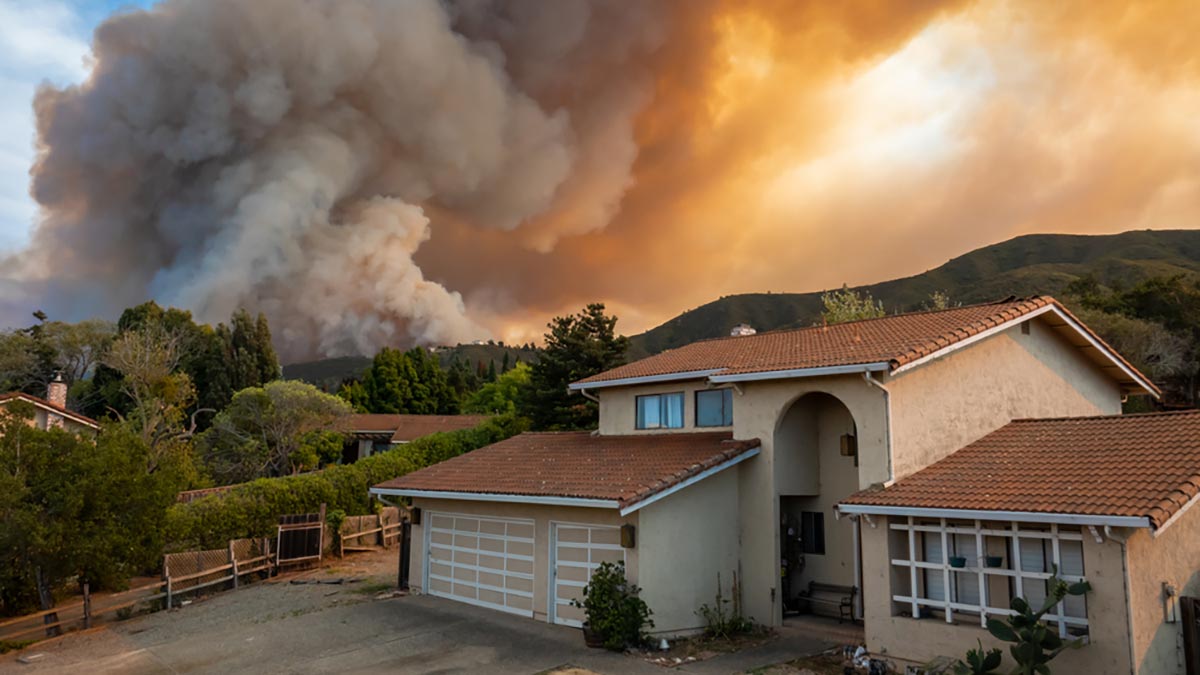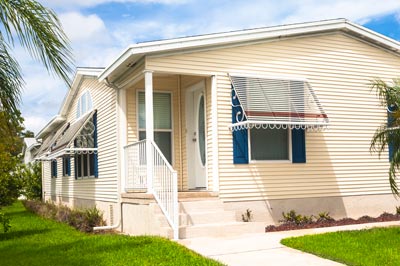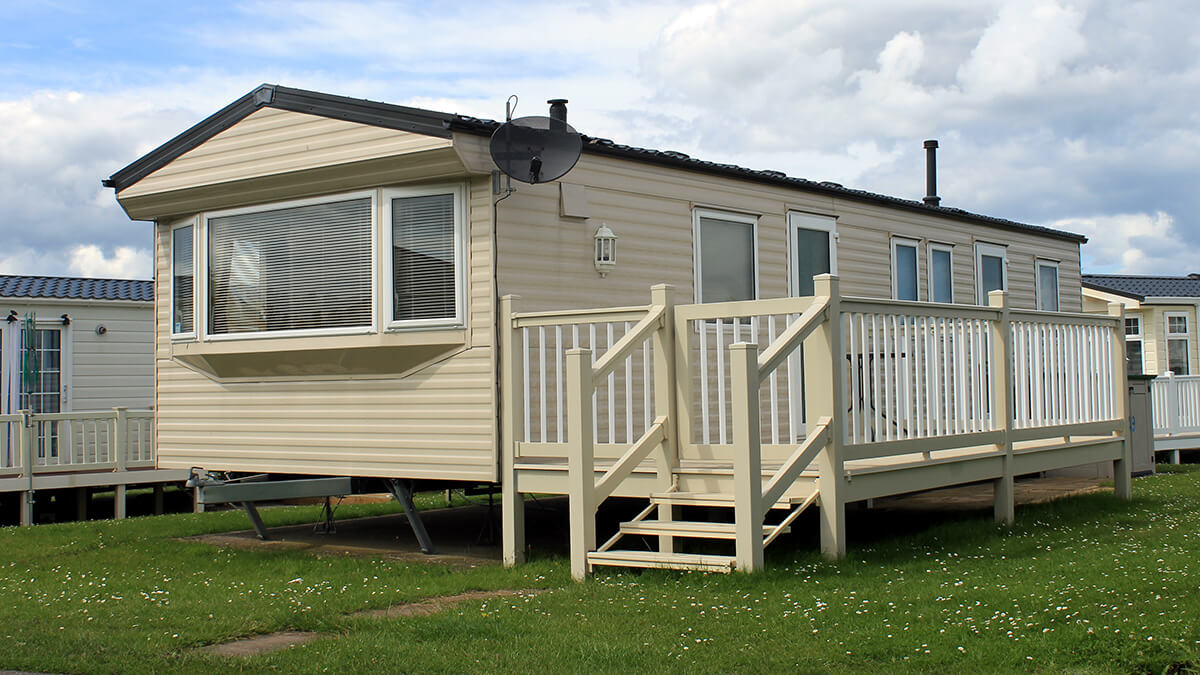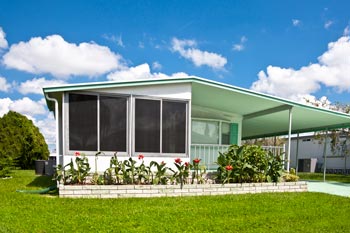Wildfire Safety

Wildfires are fast-moving natural disasters that typically happen without warning. They'll begin in areas like forests or grasslands, and are devastating to not only wildlife, but also communities. According to the Natural Fire Protection Association (NFPA), more than 72,000 U.S. communities are at risk for a wildfire.* If you know your neighborhood is at risk, there are steps you can take to protect your home and keep your loved ones safe!
Before a Wildfire: Prepare Your home
- Shut all windows and doors, including openings to your attic and vents, to prevent embers from entering your house.
- Turn off your gas. This will help prevent feeding a fire and reduces risk to your home.
- Turn off and move any grill propane tanks at least 30 feet away from your home.
- Shut off your air conditioning to prevent any outside smoke from entering your home.
- Turn off your outdoor sprinkler system to help maintain critical water pressure in the area.
- Remove items such as patio or deck furniture from the exterior of the home and bring them inside.
- Place a ladder against your home so firefighters can have quick access to your roof if needed.
- Connect your garden hose and fill pools, hot tubs, garbage cans or any other large containers with water.
- Clean up any leaves and other flammable debris from your roof and gutters.
- Leave exterior lights on so your home is visible to firefighters.
During a Wildfire: Be on Alert
- Keep checking your local news or social media pages for updates on evacuation orders and road closures.
- Move furniture to the middle of rooms and take down all curtains to prevent combustion.
- If you're being told to evacuate, leave as quickly as possible.
- If you are trapped or have no transportation to leave your home, call 911 and give them your location. Keep in mind emergency response may be delayed or even impossible during this time.
- If you are heading to an evacuation shelter, make sure to being items to protect you and others from COVID-19. Examples are hand sanitizer, cleaning materials and cloth masks.
After a Wildfire: Assess the Damage
- Do NOT return home until authorities declare it is safe to do so.
- Enter the area with caution - avoid any charred trees or live embers. Hot spots could still be active and can flare up without warning. If you find a hotspot, extinguish it immediately.
- If you see an ash pit, which are holes full of hot ashes created by trees or stumps, mark them for safety to no one steps in them.
- Inspect the roof and look for any sparks or embers. Wildfires may have left burning embers that could reignite.
- Wear a mask and rubber gloves while cleaning to avoid any potential health risks.
- Make a list and take photos and videos to document the damage to your home and expensive items. This will help you when you file a claim with your insurance company.
To receive real-time alerts from the National Weather Service, download the FEMA Mobile App that's available for Apple and Android smart phones. You'll not only get alerts, but you can locate any open emergency shelters and disaster recovery centers in your area. Good luck and stay safe!
* https://www.nfpa.org/Public-Education/Fire-causes-and-risks/Wildfire/Wildfire-safety-tips


